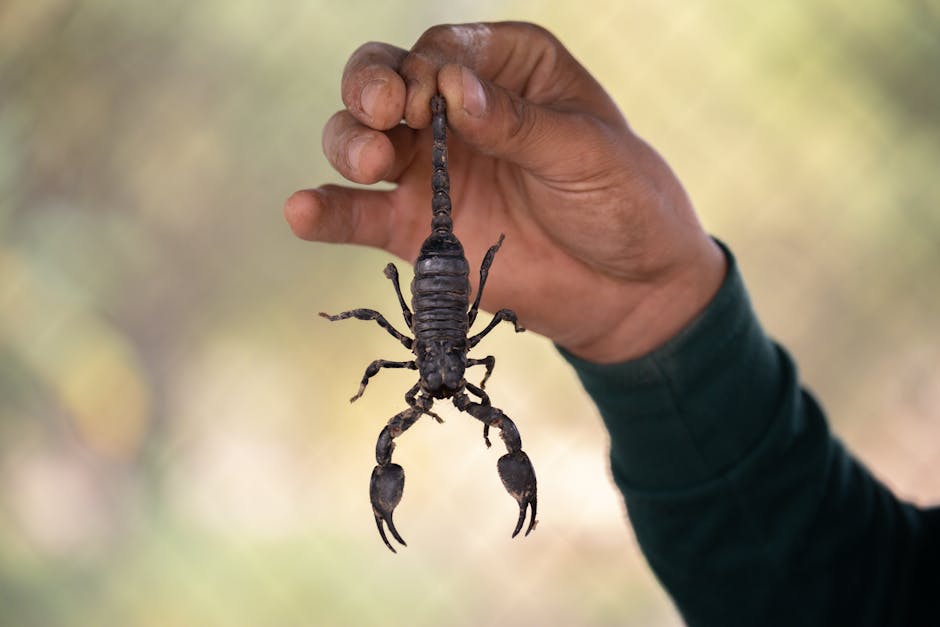What Is Diatomaceous Earth (DE)?
Nobody wants to encounter garden pests first thing in the morning while heading out to the berry patch. Here at my homestead, during the gardening months, you’ll hear us mention “D.E.” almost daily. Diatomaceous earth, commonly referred to as DE, is one of my favorite weapons against garden pests. It has saved my family from losing large portions of our garden to beetles, moths, and other pesky crawlers.
Diatomaceous earth is not a new discovery. A popular topic among gardeners in recent years, this organic gardening pesticide has been utilized by some farmers and pest control professionals for decades. It’s also a go-to remedy for household flea infestations. DE is made from the ground-up remains of prehistoric diatomic fossils. When processed, these tiny oceanic skeletal fragments become razor-sharp, acting like countless miniature blades that damage the respiratory systems of small insects and bugs when inhaled. Additionally, DE causes drying of the mucous membranes in the breathing holes and lungs of pests.
Under high magnification, diatomaceous earth reveals the intricate fossil structures that compose this unique substance. It is highly effective against beetles, worms, fleas, mites, spiders, and most insects, yet poses minimal concern for larger creatures. Due to its fine particle size, DE is generally safe to use around wildlife, children, and pets. However, individuals sensitive to particulates, such as those with asthma or respiratory conditions, should avoid inhaling the dust. My husband, for instance, wears a dust mask during application to prevent irritation or coughing fits.
How to Apply Diatomaceous Earth Effectively
My husband uses a recycled carpet cleaning powder container to sprinkle generous amounts of diatomaceous earth on the most vulnerable plants in our garden. While we previously relied on toxic products like Sevin, DE has proven just as effective without the concern of our children ingesting harmful chemical residues from garden snacks.
You can apply DE by sprinkling it directly on the ground where slugs are likely to reproduce or by lightly dusting the plants themselves. Keep in mind that DE must be reapplied after rain or heavy dew, as wet DE loses its drying and cutting effects necessary to combat pests.
Choosing the Right Type of Diatomaceous Earth
Not all DE is created equal. Only “food grade” diatomaceous earth is suitable for use in gardens and around pets and children. Other types, such as those used in pool filtration systems, may contain harmful contaminants if inhaled or ingested. While food-grade DE is relatively harmless to humans even in larger inhaled quantities, non-food-grade versions can pose serious health risks. Always check the packaging for the “food grade” designation to ensure safety. Many garden store employees may not be aware of these differences, so it’s crucial to read labels and protect your family by selecting the appropriate product.
Diatomaceous Earth and Environmental Impact
I strive to keep our acreage and surrounding land free from harmful chemicals, ensuring it remains a safe source of food and shelter for my family for generations. Diatomaceous earth provides peace of mind in this regard, as it does not negatively impact soil or nearby waterways when used over time. In fact, DE is a sustainable source of silicon dioxide, a vital component for poultry development. Chickens consuming vegetation treated with DE may experience notable health benefits.
For those not near oceans or major waterways, any runoff containing DE simply returns silicon to its original marine source, where it remains undissolved until utilized by certain marine species to build their exoskeletons.
Case Study: Tackling Squash Bugs with DE
If there’s one garden pest I’ve despised more than any other, it’s the squash bug. Our soil seems to attract these destructive creatures, which have destroyed hundreds of pounds of potential squash, zucchini, and pumpkins over the years. Before discovering diatomaceous earth, we anxiously awaited their hatching and raced to harvest before they overtook our crops. Now, we follow a proactive plan:
- Each day in late summer, when squash beetles are likely to lay eggs, inspect the undersides of squash plants. Act immediately if eggs are spotted.
- Using gloved hands, carefully remove the eggs without tearing the leaves.
- Sprinkle DE on the tops of all plants immediately after egg removal.
- Reapply DE after each rain.
- Continue checking for eggs and applying DE throughout the squash plant’s lifecycle.
- Discontinue application once the harvest is complete.
Though it requires effort, the reward is a bountiful, organic squash harvest with no rotting vines or chemical residues in our family’s meals.
Other Uses for Food-Grade Diatomaceous Earth
Food-grade DE is a versatile tool for various home and garden issues. When added to a dirt-filled sandbox, it serves as an effective dust bath for chickens, helping to repel bird lice and fleas. For this purpose, choose products with less than 1% of other ingredients to ensure purity for animal use.
DE is also a powerful remedy for indoor flea infestations. After spotting a flea, liberally sprinkle DE on carpets and other cloth surfaces, letting it sit for at least 12 hours before vacuuming. Repeat this process after a week or when flea eggs are likely to hatch, continuing 3-4 times to eliminate stubborn fleas.
Protecting Bees While Using DE
Bees are essential pollinators and friends to gardeners. If your garden attracts bees, consider covering treated plants with a sheet during the day when bees are active. Take note of which flowering plants draw bees and plan DE applications accordingly, as flowering stages may overlap with pest activity.
Finding the Best Price on Diatomaceous Earth
While DE is available online, prices per ounce can vary widely between suppliers. Often, the best value is found at local feed stores or garden centers. Purchasing during the off-season and storing DE over winter can help you take advantage of lower prices, ensuring you’re stocked for the next gardening season.
Why Choose Diatomaceous Earth for Pest Control?
Though the concept of using ground-up prehistoric sea creatures in your garden might sound unusual, integrating diatomaceous earth into your pest control routine is highly worthwhile. This simple-to-apply powder is often just as effective, if not more so, than toxic alternatives. Keeping a container of DE in my garden shed eliminates any excuses—it’s incredibly easy to stay on top of bugs and crawlers.
If you’re new to DE, start with a small project, such as protecting a bed of greens. Use it in place of commercial pesticides or homemade solutions. I’m confident you’ll be amazed at how little you need to achieve great results!
Have you used diatomaceous earth before? What tips or tricks have you discovered? Feel free to ask questions or share your experiences in the comments below!








